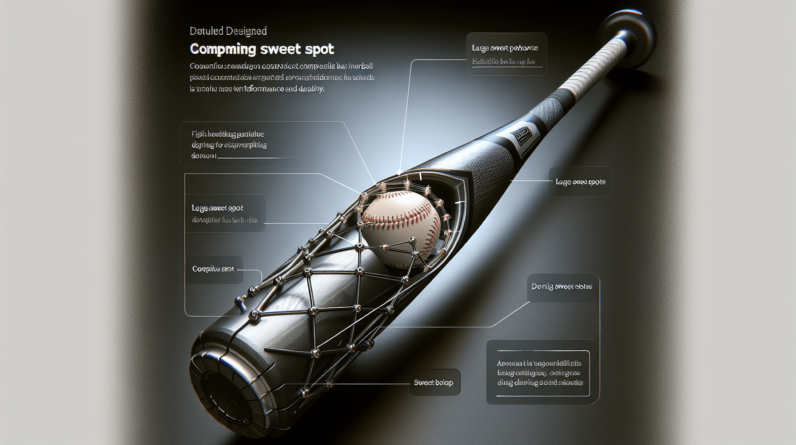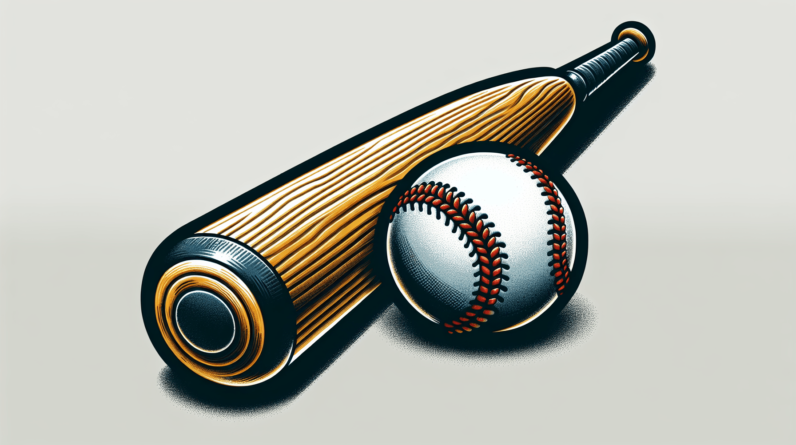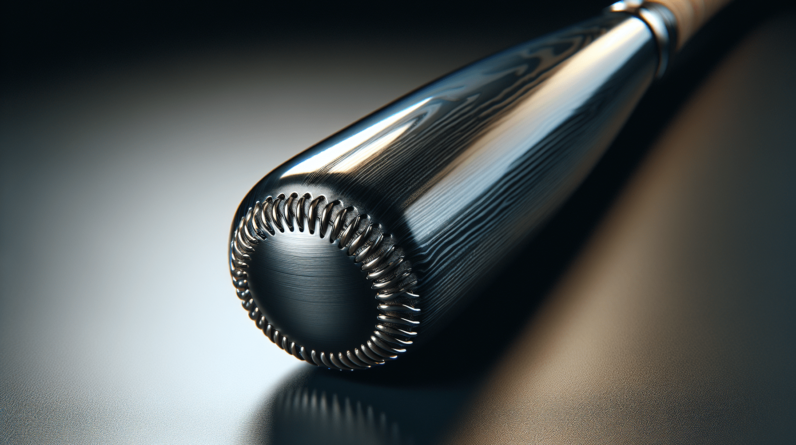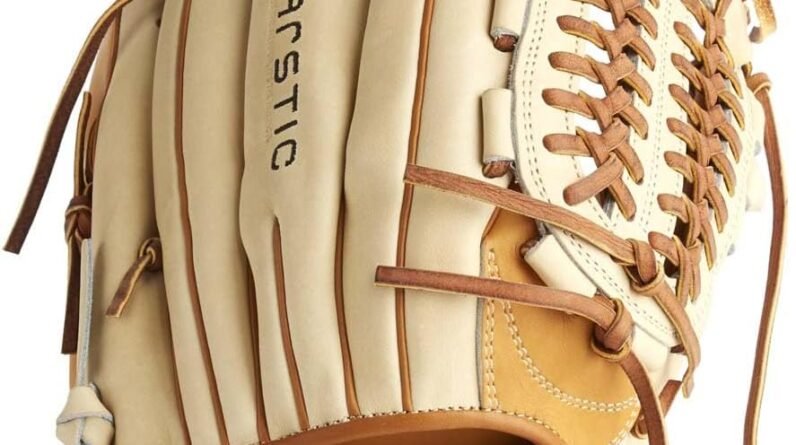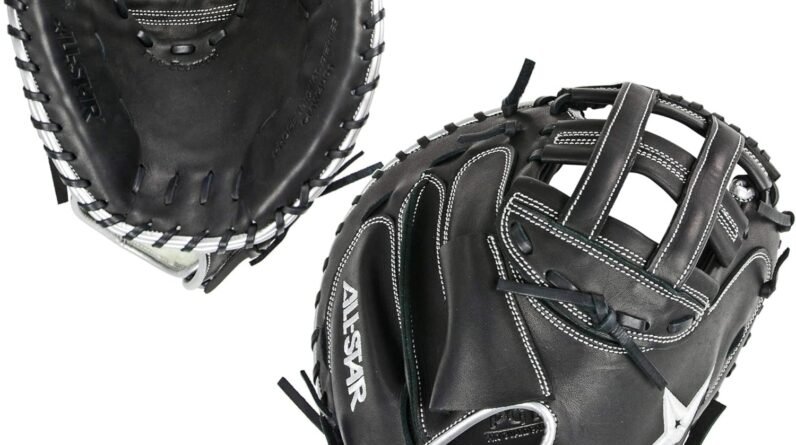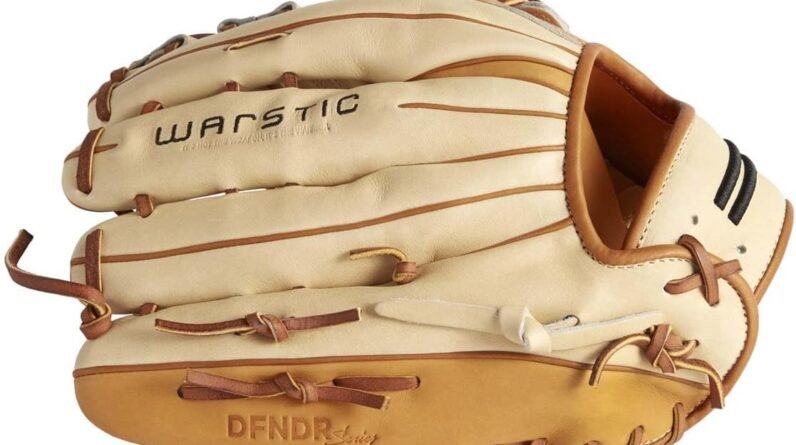Softball bats come in various designs and styles to cater to the different playing styles in the sport. It is important to understand the distinctions between fastpitch and slowpitch softball bats to ensure optimal performance on the field. While both bats may appear similar at first glance, they are actually tailored to specific gameplay requirements. Fastpitch bats are known for their lightweight construction and narrow barrel diameter, allowing hitters to generate high bat speed. On the other hand, slowpitch bats are typically heavier with a wider barrel diameter to help generate more power. Understanding the nuances between these two types of bats will undoubtedly enhance your performance and enjoyment in the game of softball. No, fastpitch and slowpitch softball bats are not the same. These two different styles of softball have distinct differences in pitching style, gameplay, batting technique, and regulations. Understanding these differences is crucial in order to make an informed decision when choosing the right bat for your specific needs and preferences. In this comprehensive article, we will explore the disparities between fastpitch and slowpitch softball bats and discuss various factors such as bat construction, regulations and standards, bat performance, batting technique, price range, and how to choose the right bat. Let’s dive in and discover the nuances that set fastpitch and slowpitch softball bats apart.
Pitching Style
The first major difference between fastpitch and slowpitch softball lies in the pitching style. In fastpitch softball, the pitcher delivers the ball with a quick and powerful underhand motion, often using different types of pitches such as the rise ball, curveball, and changeup to keep the batter guessing. On the other hand, slowpitch softball uses an underhand pitching style that requires the pitcher to release the ball in a high arc, allowing the batter more time to react and make solid contact. These contrasting pitching styles directly influence the design and construction of the respective bats for optimal performance.
Gameplay
Fastpitch and slowpitch softball also have distinct gameplay elements. Fastpitch softball is known for its fast-paced nature, with quick pitching, agile fielding, and explosive hitting. The goal is to score runs by hitting the ball into play and advancing around the bases. On the other hand, slowpitch softball is characterized by its leisurely pace, with a higher arc on pitches and a focus on strategic hitting and base running. The gameplay differences between fastpitch and slowpitch directly influence the bat design and specifications, including factors such as weight, length, barrel diameter, and grip.
Batting Style
The differences in pitching style and gameplay directly impact the batting style in fastpitch and slowpitch softball. In fastpitch, batters need to react swiftly to the high-speed pitches and generate maximum power in a short amount of time. This requires a quick and compact swing, with an emphasis on generating bat speed and hitting the ball with precision. Slowpitch softball, on the other hand, allows batters more time to read and react to the slower pitches, resulting in a more relaxed and leisurely batting style. Batters often focus on maximizing their swing mechanics to generate power and hit the ball with distance.
Bat Construction
When it comes to bat construction, fastpitch and slowpitch softball bats differ in several key aspects such as material makeup, length-to-weight ratio, barrel diameter, and grip. These design elements are tailored to optimize the performance and gameplay experience for each respective style of softball.
Material
In fastpitch softball, bats are typically made of composite materials such as carbon fiber or a combination of carbon fiber and other alloys. These materials provide a lightweight yet durable construction, allowing for increased bat speed and improved performance. Slowpitch softball bats, on the other hand, often utilize materials like aluminum or a combination of aluminum and composite for added weight and durability, enabling players to generate more power in their swings.
Length-to-Weight Ratio
The length-to-weight ratio, commonly referred to as the drop, is another key difference in bat construction between fastpitch and slowpitch softball. Fastpitch bats are designed with a lower drop, usually ranging from -8 to -13, indicating the weight difference between the length of the bat in inches. A lower drop means a lighter bat, allowing for quicker swing speeds and increased control. Slowpitch bats, on the other hand, have a higher drop, typically around -6 to -12, providing more weight and power behind each swing.
Barrel Diameter
The barrel diameter of a softball bat also differs between fastpitch and slowpitch. Fastpitch bats typically have a smaller barrel diameter, usually around 2 ¼ inches. This smaller barrel diameter allows for better bat control and accuracy when making contact with the fast-moving pitches. Slowpitch softball bats, on the other hand, have a larger barrel diameter, often ranging from 2 ¼ to 2 ¾ inches. The larger barrel provides a larger hitting surface, increasing the chances of making solid contact with the slower pitches.
Grip
The grip of a softball bat is also designed differently for fastpitch and slowpitch. Fastpitch softball bats usually have a thin grip with a tacky texture to allow for a tighter and more comfortable hold on the bat during a quick and explosive swing. Slowpitch softball bats often feature a thicker grip with minimal tackiness, providing a more relaxed and comfortable feel for batters who take a more leisurely approach to their swing.
Fastpitch Softball Bats
Fastpitch softball bats are specifically designed to cater to the fast and dynamic nature of the game. These bats are lightweight and shorter in length compared to slowpitch bats. The lighter weight allows fastpitch batters to generate maximum bat speed and quick swings, while the shorter length enhances control and precision. Additionally, fastpitch bats feature a smaller barrel diameter to help batters make better contact with the fast-moving pitches, resulting in improved accuracy and hitting performance.
Slowpitch Softball Bats
Slowpitch softball bats, on the other hand, are tailored to suit the slower pitching style and strategic gameplay of slowpitch softball. These bats are generally heavier and longer in length compared to fastpitch bats. The added weight allows batters to generate more power in their swings, maximizing the distance the ball travels upon contact. The longer length of slowpitch bats also aids in reaching pitches with a higher arc. Furthermore, slowpitch softball bats feature a larger barrel diameter to provide a larger hitting surface, increasing the chances of making solid contact.
Regulations and Standards
Both fastpitch and slowpitch softball adhere to specific regulations and standards set by governing bodies to ensure fair play and player safety. These regulations cover various aspects such as bat construction, performance, and certification marks.
Governing Bodies’ Regulations
Fastpitch and slowpitch softball have different governing bodies that oversee their respective sports. For fastpitch softball, the International Softball Federation (ISF) and the Amateur Softball Association (ASA) set the regulations for bat construction, performance, and certification marks. Slowpitch softball, on the other hand, is regulated by organizations such as USA Softball and the National Softball Association (NSA).
Certification Marks and Stamps
To ensure compliance with the regulations set by governing bodies, fastpitch and slowpitch softball bats are required to carry specific certification marks and stamps. These marks indicate that the bat has passed the necessary tests and meets the standards for performance and safety. For example, fastpitch softball bats must bear the ASA 2000 or ASA 2004 certification marks, indicating that they meet the performance and safety standards set by the ASA.
League-Specific Requirements
In addition to the overall governing body regulations, individual leagues may have specific requirements regarding bat construction and performance. It is important for players to familiarize themselves with the specific regulations of their league to ensure they are using bats that meet all necessary standards.
Bat Performance
The performance of a softball bat is influenced by various factors, including the trampoline effect, pitch speed impact, hitting distance, and sweet spot. Understanding how these factors differ between fastpitch and slowpitch softball can help players choose a bat that maximizes their performance on the field.
Trampoline Effect
The trampoline effect refers to the rebound effect that occurs when the bat makes contact with the ball. Fastpitch softball bats, with their composite construction and lighter weight, often have a higher trampoline effect. This means that the ball comes off the bat with more speed and power, allowing for longer hits. Slowpitch softball bats, with their heavier weight and often aluminum construction, have a lower trampoline effect, resulting in less ball speed upon contact.
Pitch Speed Impact
In fastpitch softball, where pitches can reach speeds of over 70 miles per hour, bat speed and efficiency are crucial. Fastpitch bats are designed to maximize bat speed and optimize performance against fast pitches. Slowpitch softball, with its slower pitching style, allows for a more relaxed swing, and slowpitch bats are designed to generate power against slower pitches.
Hitting Distance
The hitting distance, or the distance the ball travels upon contact with the bat, can vary between fastpitch and slowpitch softball. Due to the differences in bat construction and performance design, fastpitch bats often result in longer hitting distances compared to their slowpitch counterparts. The lighter weight, shorter length, and higher trampoline effect of fastpitch bats contribute to increased hitting distances.
Sweet Spot
The sweet spot of a softball bat refers to the optimal spot on the barrel where maximum power and accuracy are achieved upon contact with the ball. Fastpitch and slowpitch softball bats have different sweet spot locations, primarily due to variations in barrel size and construction. Fastpitch bats typically have a smaller sweet spot due to their smaller barrel diameter, requiring more precision in contact. Slowpitch bats, with their larger barrel diameter, offer a larger sweet spot, providing a greater margin for error and increasing the chances of solid contact.
Batting Technique
Batting technique is crucial in determining a player’s success at the plate, regardless of the style of softball being played. However, the differences in pitching style, gameplay, and bat construction between fastpitch and slowpitch softball can impact the required batting techniques and adjustments when transitioning between the two styles.
Swing Speed
In fastpitch softball, where pitches come at higher speeds, generating bat speed through a quick and compact swing is essential. Fastpitch batters often focus on fast and efficient swing mechanics to maximize bat speed and make solid contact with the fast pitches. Slowpitch softball, with its slower pitching style, allows for a more relaxed and leisurely swing, focusing on generating power through proper mechanics.
Swing Mechanics
The mechanics of a softball swing also differ between fastpitch and slowpitch. Fastpitch batters often employ a rotational swing, generating power through the hips and core while keeping the swing compact and controlled. Slowpitch batters, with more time to read and react to the pitch, often utilize a more linear swing, focusing on generating power through a longer and extended swing path.
Adjustment for Bat Differences
When transitioning between fastpitch and slowpitch softball or switching between the two styles regularly, batters must be mindful of the differences in bat construction and adjust their batting technique accordingly. The weight, length, and barrel diameter variations require batters to make subtle adjustments in their swing mechanics to optimize their performance with the specific bat being used.
Selecting the Right Bat for Individual Preferences
Choosing the right softball bat goes beyond the differences between fastpitch and slowpitch. Personal preferences, level of play, and individual comfort all play a crucial role in determining the ideal bat for a player. Testing out different bats, considering factors such as weight, length, grip, and overall feel, can help players find the bat that suits their style and enhances their performance on the field.
Price Range
One factor that influences the selection of a softball bat is the price range. Fastpitch and slowpitch softball bats can vary significantly in terms of price, depending on factors such as brand, material, construction, and additional features. Understanding the factors that affect bat prices can help players make informed decisions based on their budget and desired level of performance.
Factors Affecting Bat Prices
Several factors contribute to the price range of softball bats. The type of material used in the bat’s construction, such as composite, aluminum, or hybrid, can significantly impact the price. Additionally, the brand and reputation of the bat manufacturer, as well as any additional features or technologies incorporated into the bat design, can also affect the price range.
Quality and Durability
Higher-priced softball bats often offer better quality and durability, incorporating advanced materials and construction techniques. These bats are designed to withstand the wear and tear of regular gameplay and provide superior performance throughout their lifespan. However, lower-priced bats can still offer decent quality and performance, making them suitable for recreational players or those on a tighter budget.
Brands and Endorsements
The brand of a softball bat can also influence its price range. Well-known and reputable brands in the softball industry often command higher prices due to their established reputation for quality and performance. Additionally, bats that are endorsed or used by professional players may also come with a higher price tag due to the association with a well-known athlete.
Choosing the Right Bat
Selecting the right softball bat for your specific needs and preferences is essential to maximize your performance on the field. Several factors should be considered when choosing a bat, such as the player’s level and experience, league regulations, personal preference and comfort, and batting style.
Player’s Level and Experience
The player’s level of play and experience should be taken into account when choosing a softball bat. Beginner players may benefit from a more affordable and versatile bat that allows them to develop their skills without breaking the bank. Advanced players, on the other hand, may require a high-performance bat that caters to their specific playing style and skill level.
League Regulations
It is important to familiarize yourself with the rules and regulations set by your specific league when selecting a softball bat. Different leagues may have specific requirements regarding bat construction, certification marks, and performance standards. Ensuring compliance with these regulations is essential to avoid penalties and ensure fair play.
Personal Preference and Comfort
Every player has different preferences when it comes to the feel and comfort of a softball bat. Some players may prefer a lighter bat for increased swing speed, while others may prefer a slightly heavier bat for additional power. The diameter of the bat’s grip and the overall feel in the hands should also be taken into consideration when choosing a bat that suits your personal preference and enhances your comfort at the plate.
Batting Style
Lastly, a player’s individual batting style should be considered when selecting a softball bat. Some players may have a naturally quick and compact swing, making them better suited for a fastpitch bat. Others may rely on their power and prefer a slowpitch bat that allows for a more relaxed and extended swing. Understanding your own batting style and technique will help guide you towards the appropriate type of softball bat.
Conclusion
In conclusion, fastpitch and slowpitch softball bats may share the same goal of hitting the ball, but they are designed to suit the specific needs and demands of their respective styles of play. The differences in pitching style, gameplay, bat construction, regulations, and performance factors all contribute to the variations in fastpitch and slowpitch softball bats. By understanding these distinctions and considering factors such as personal preference, playing level, league regulations, and batting style, players can make an informed decision when choosing the right softball bat. Remember, selecting the appropriate bat can significantly enhance your performance and overall enjoyment of the game. So, get out there, swing for the fences, and have a blast playing fastpitch or slowpitch softball!

